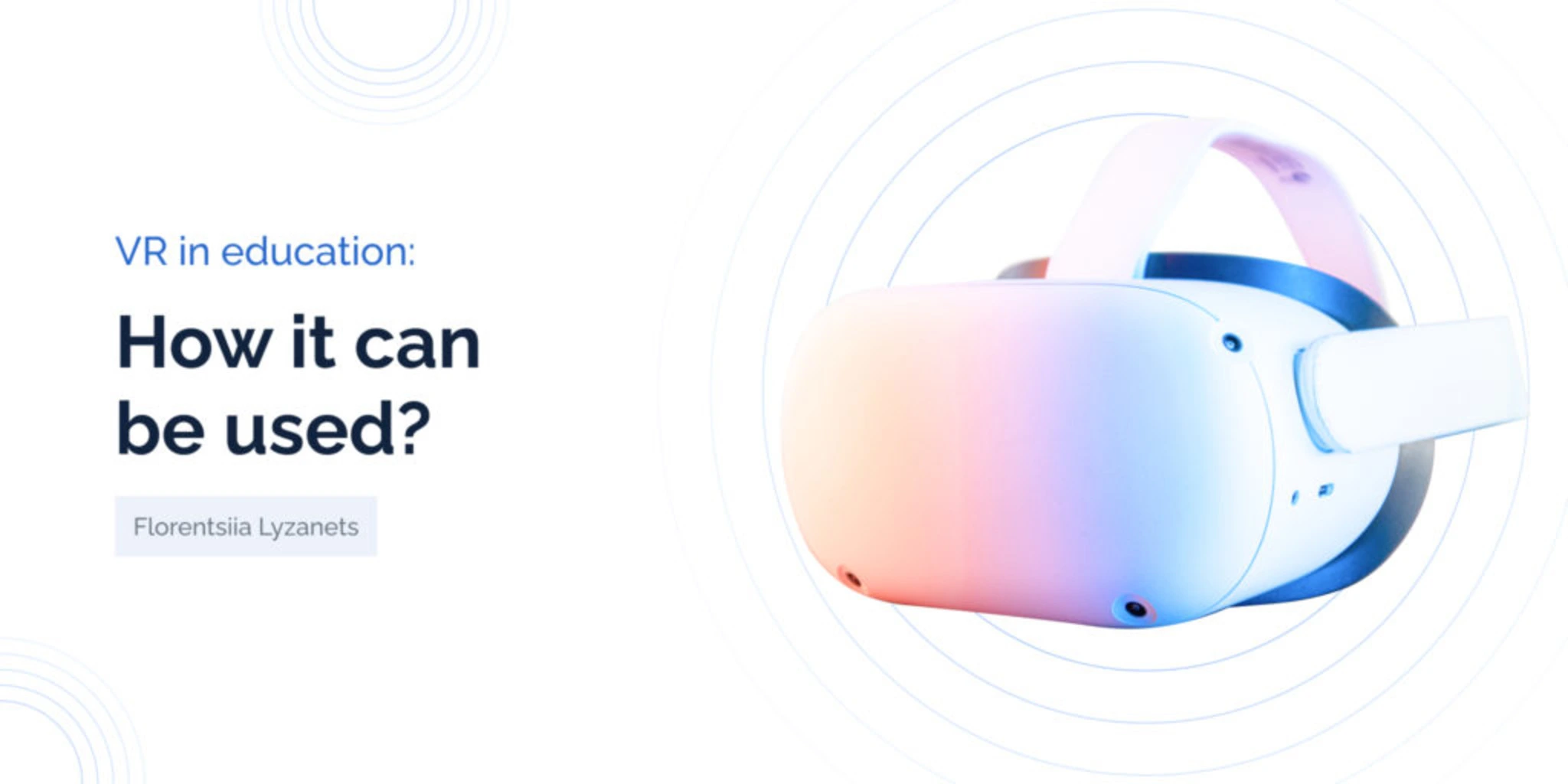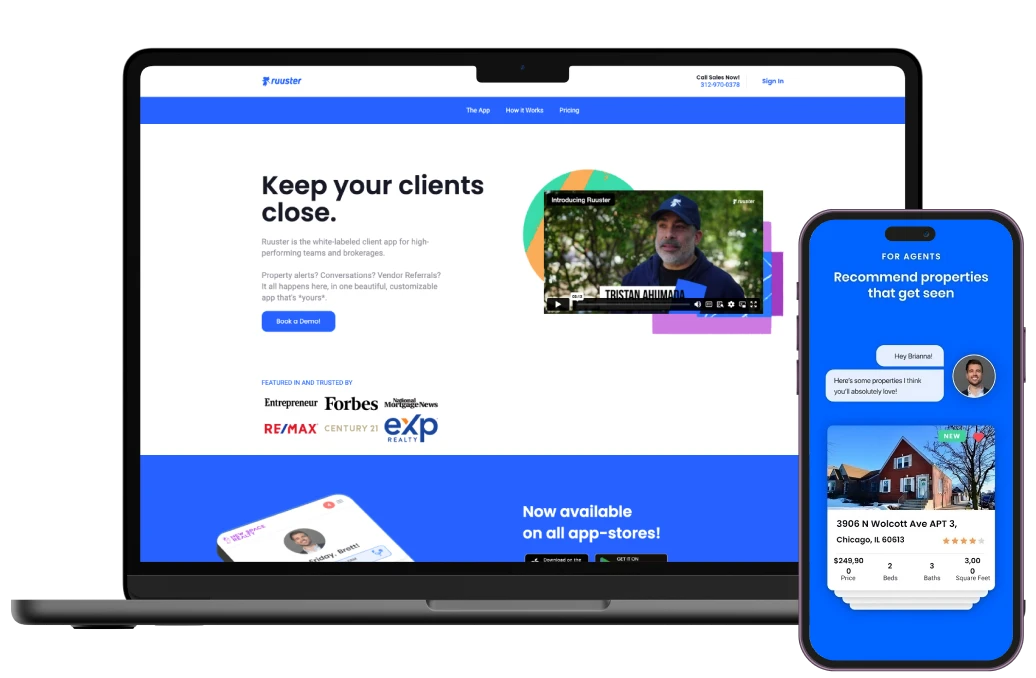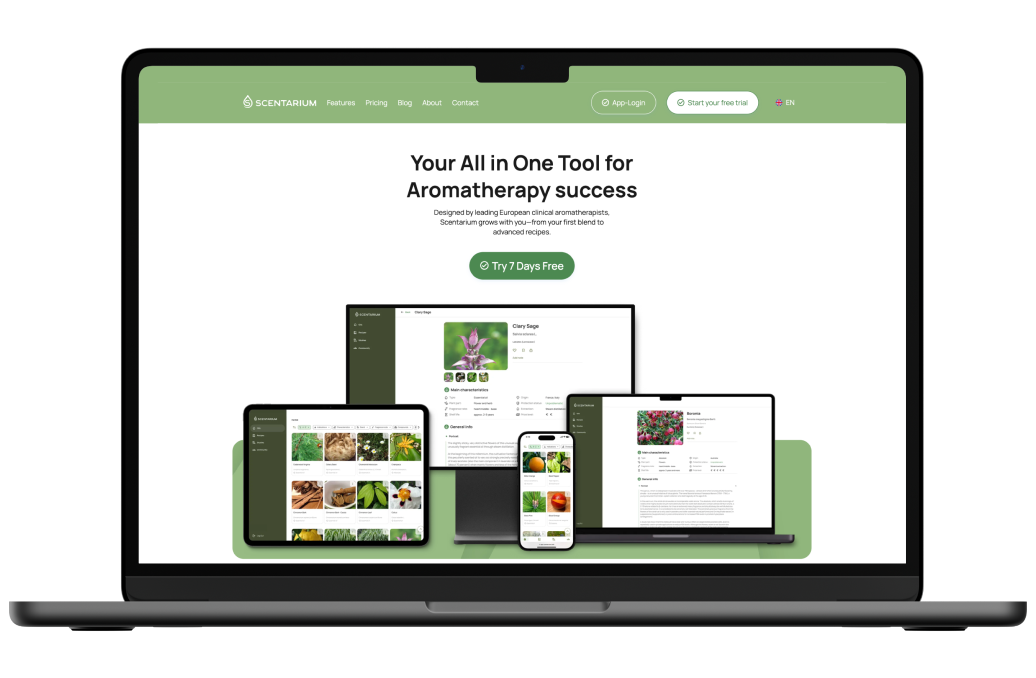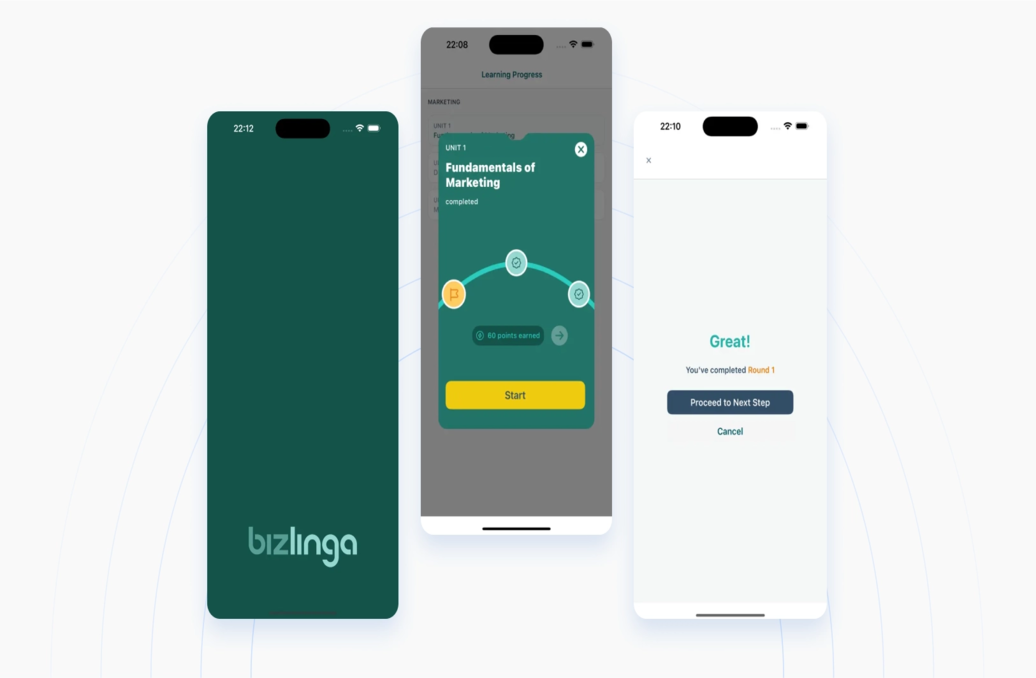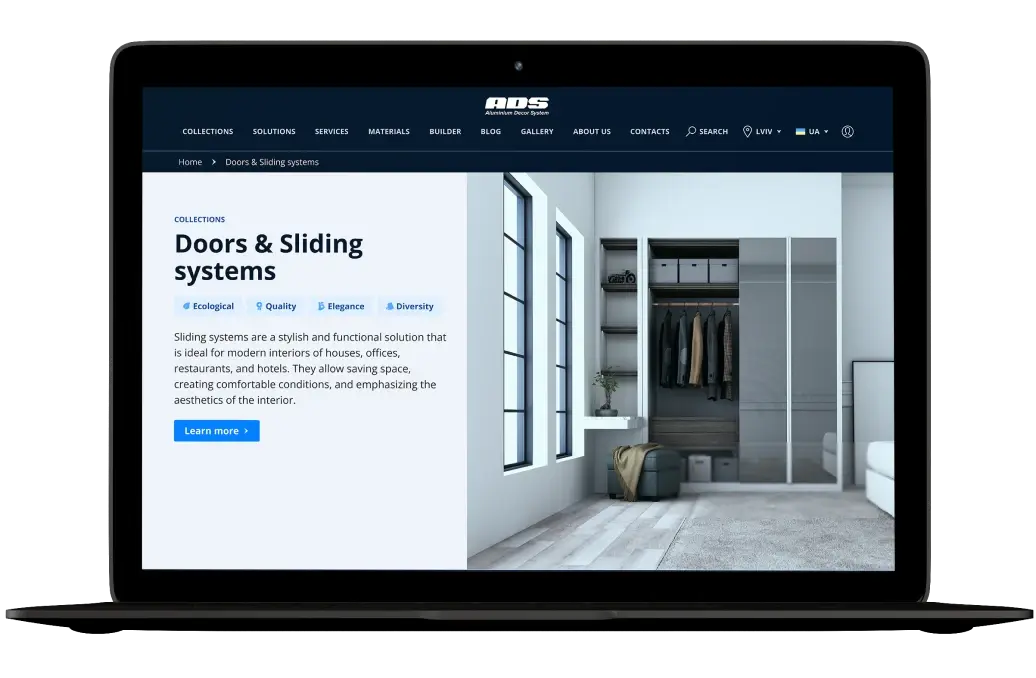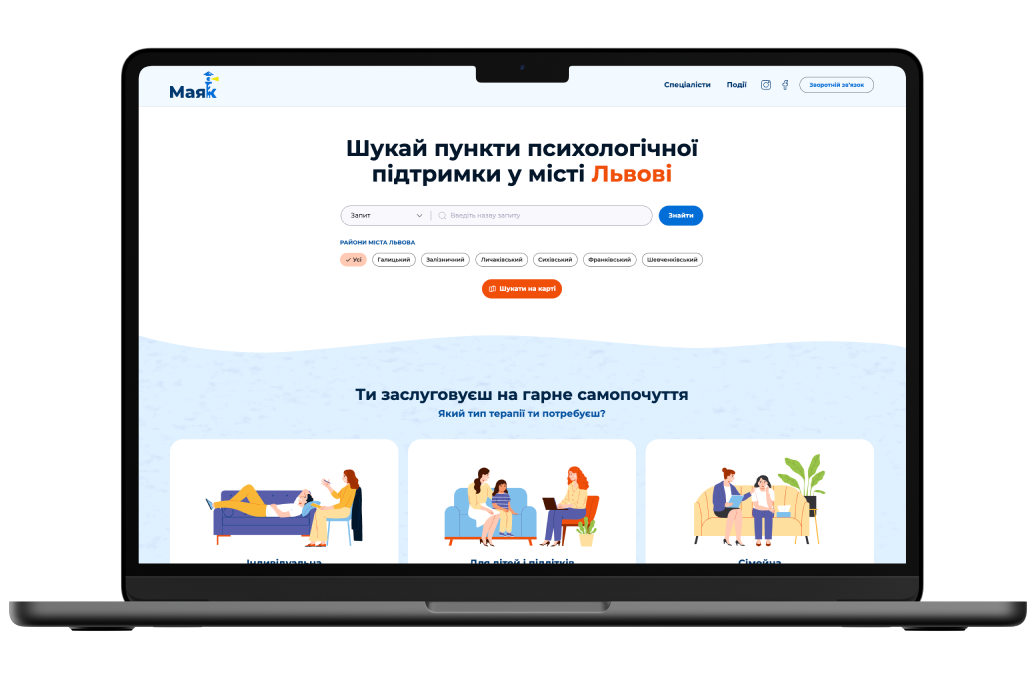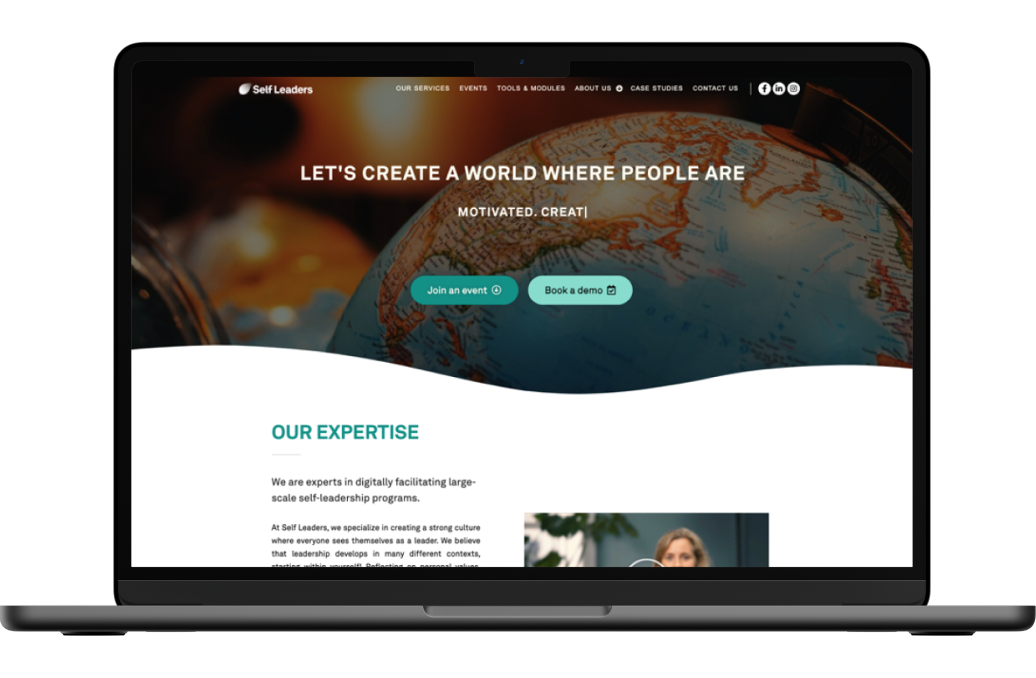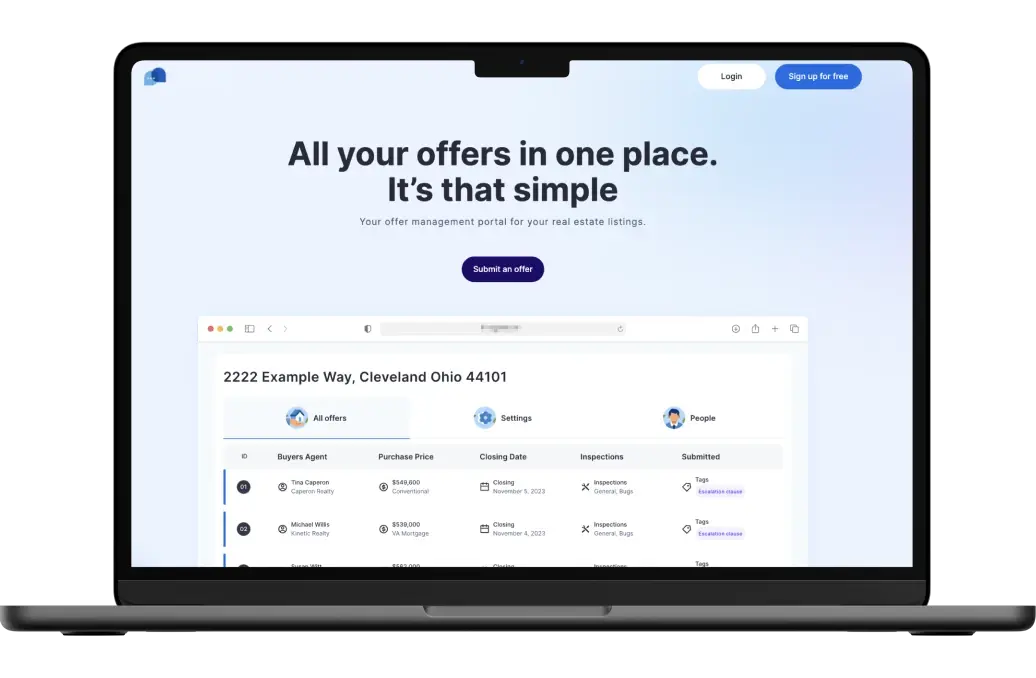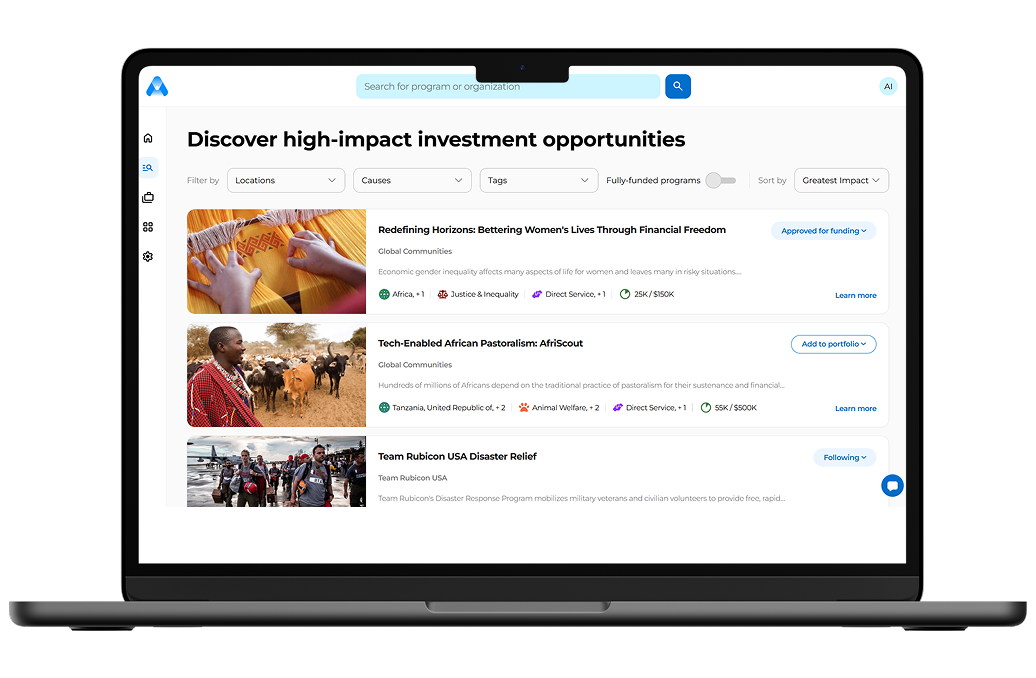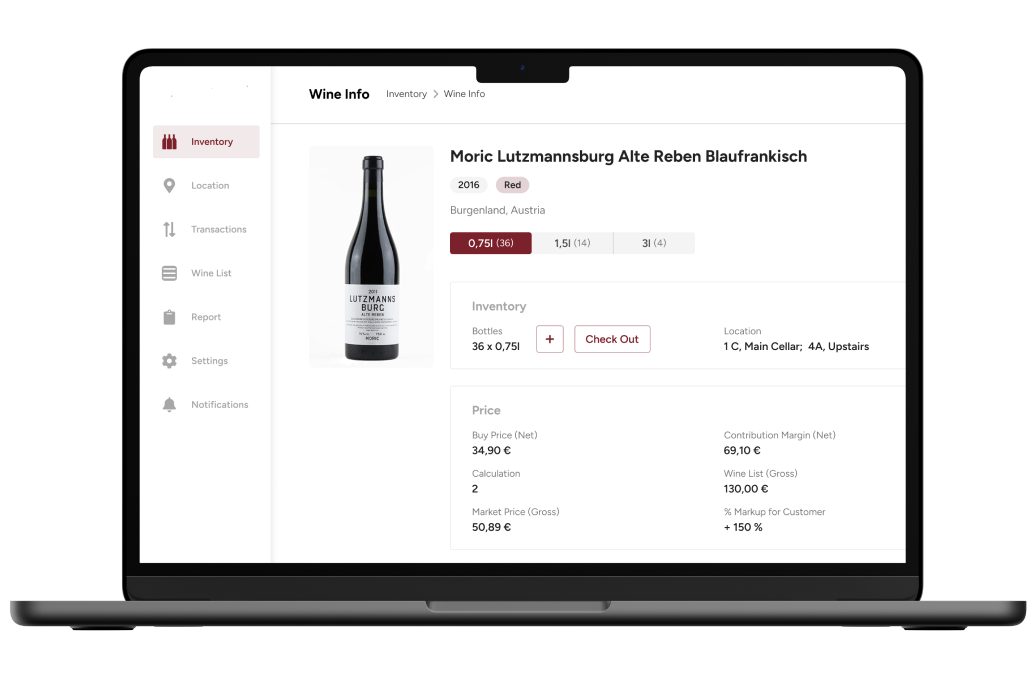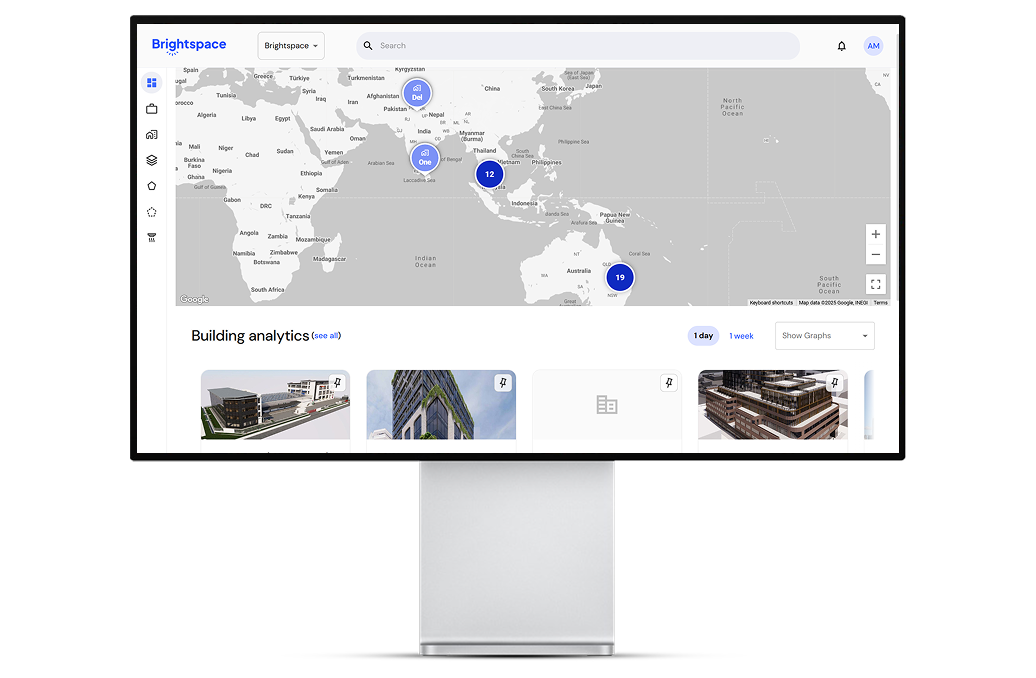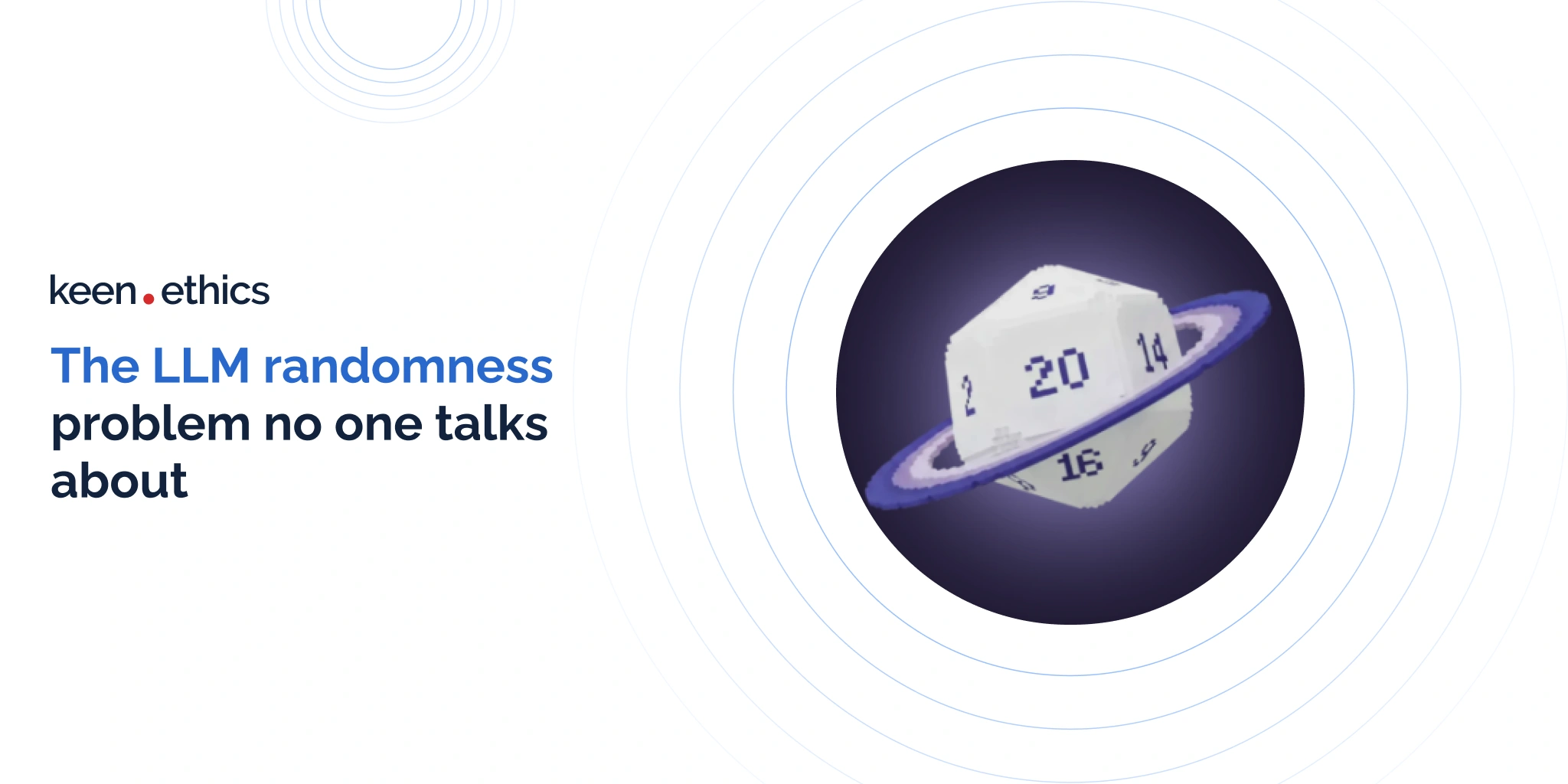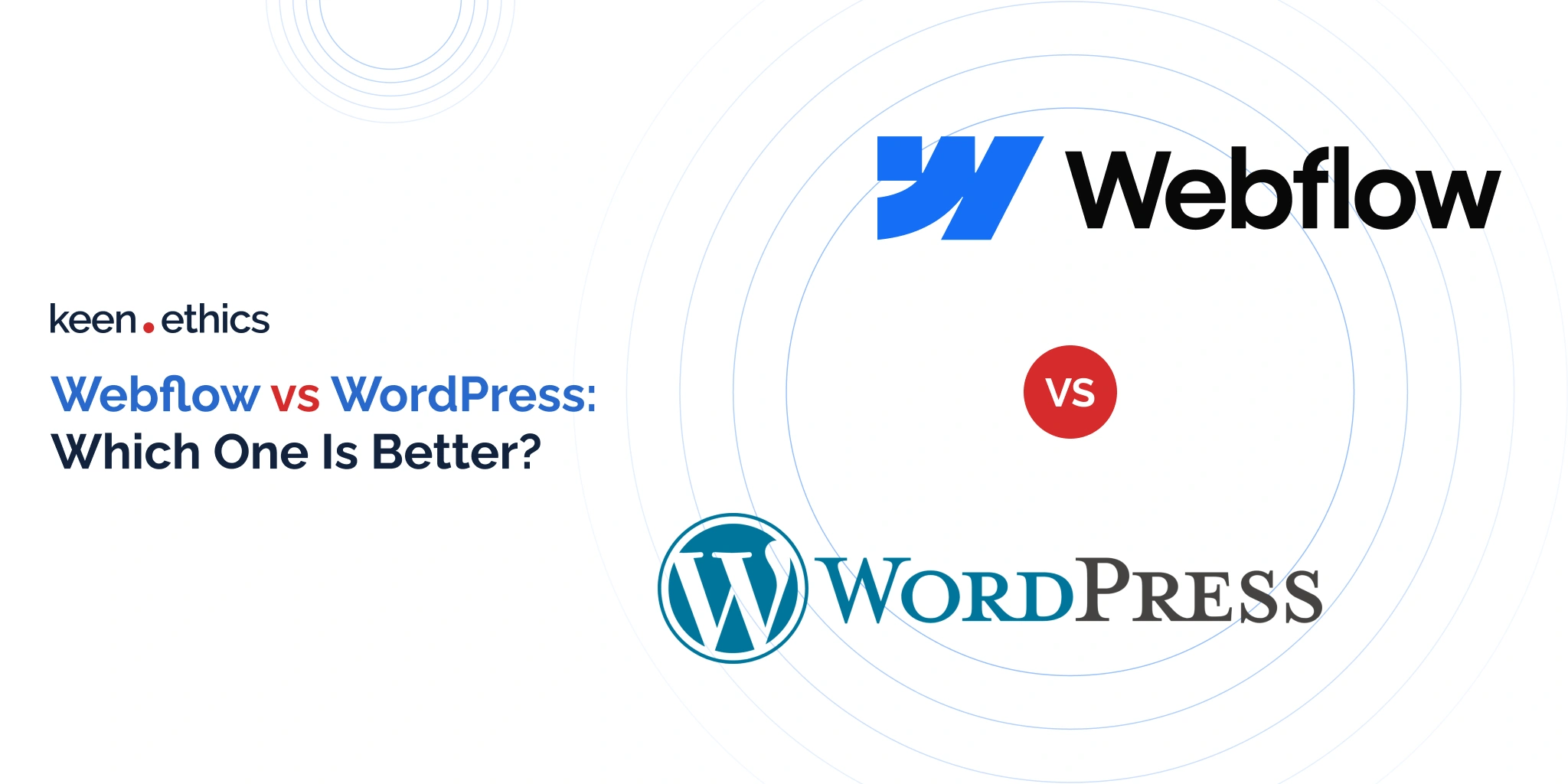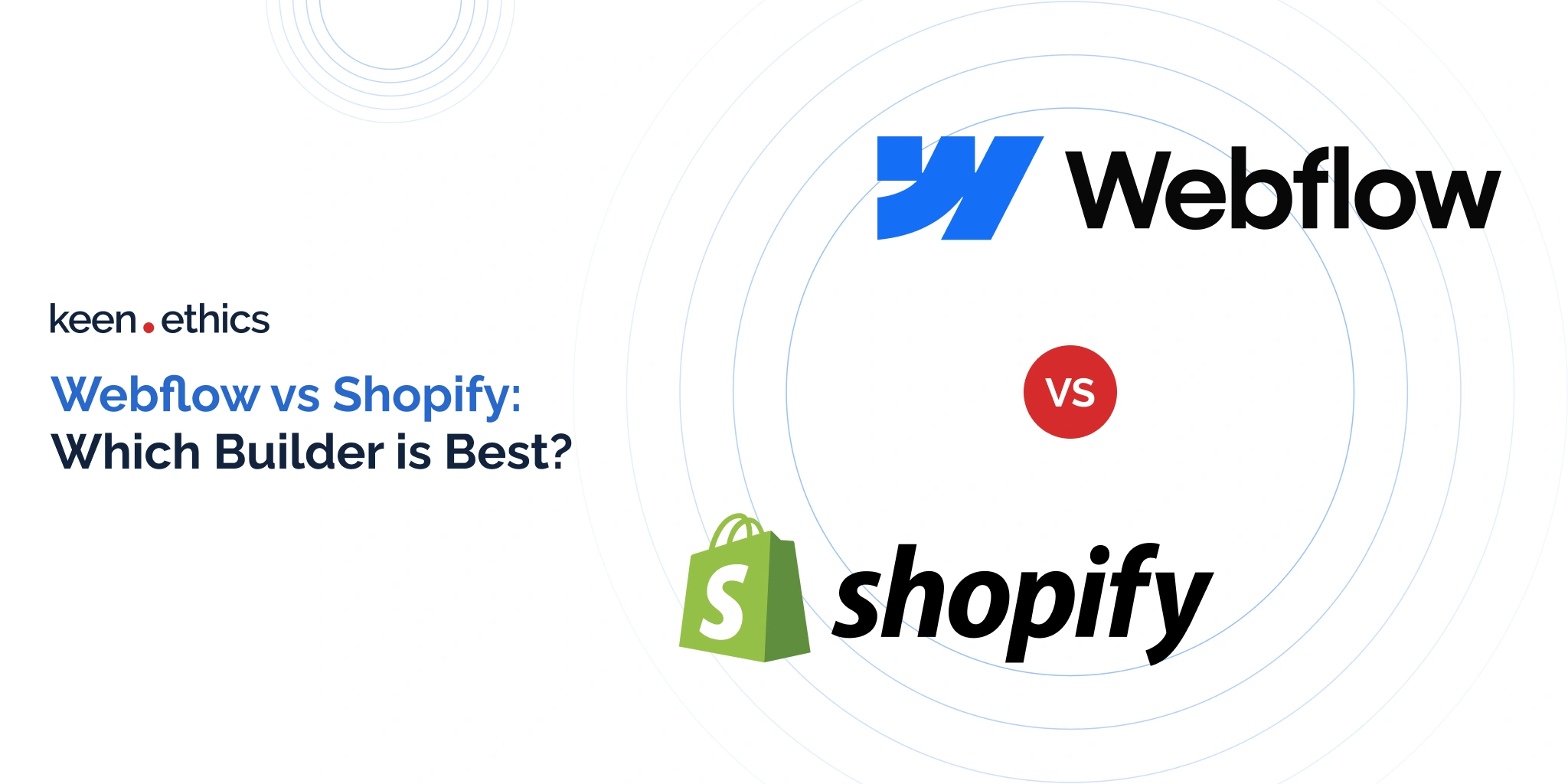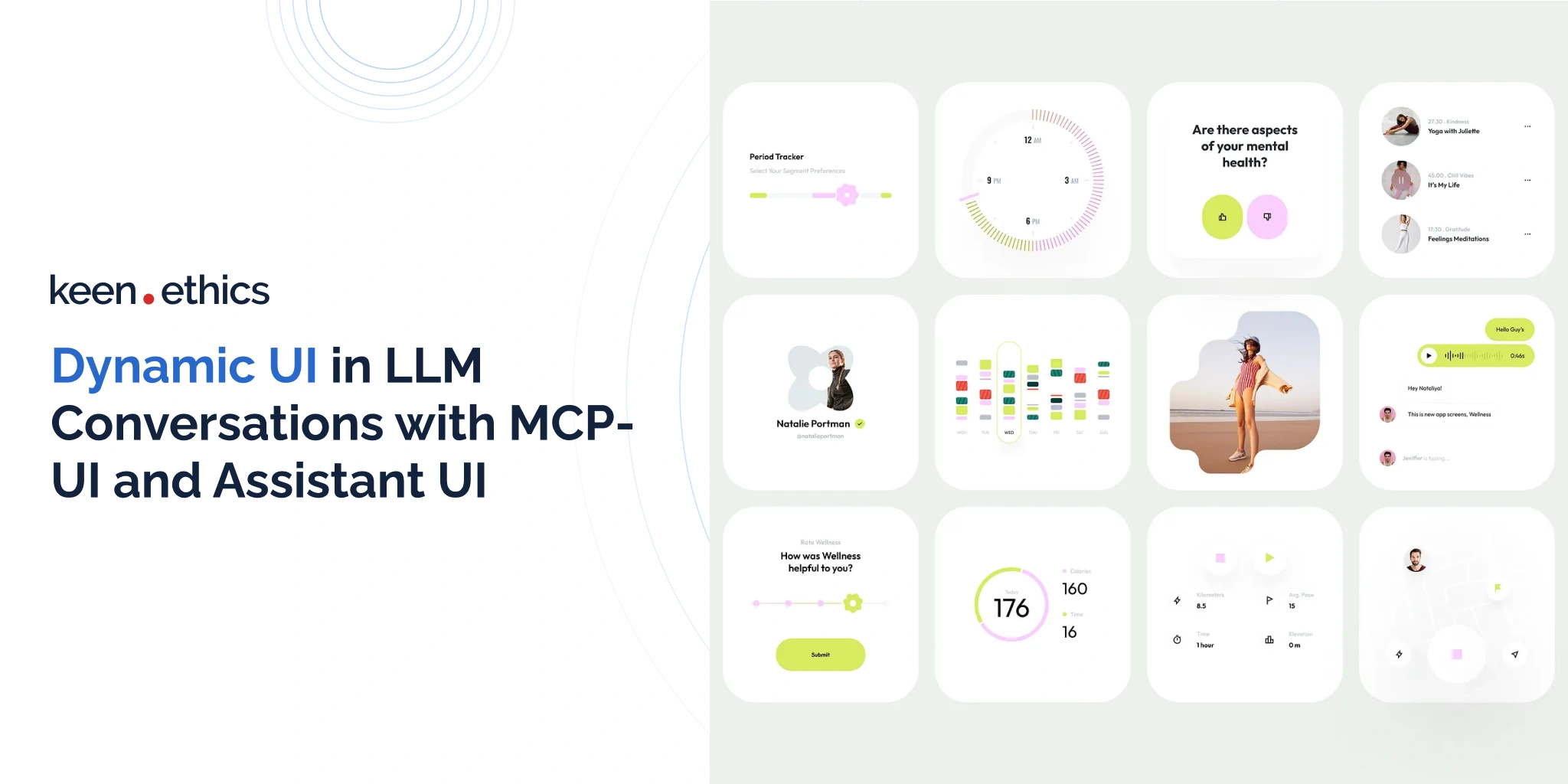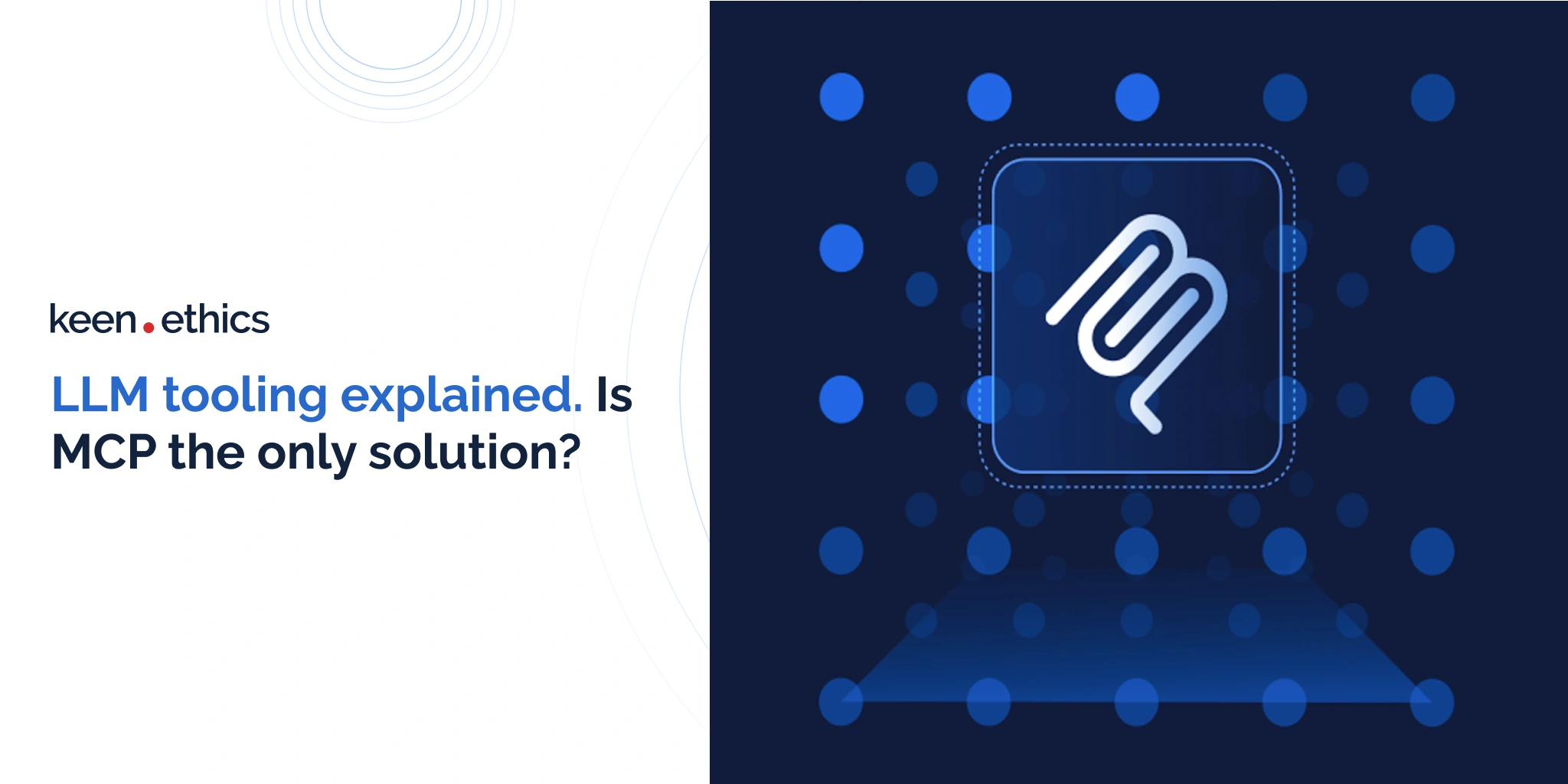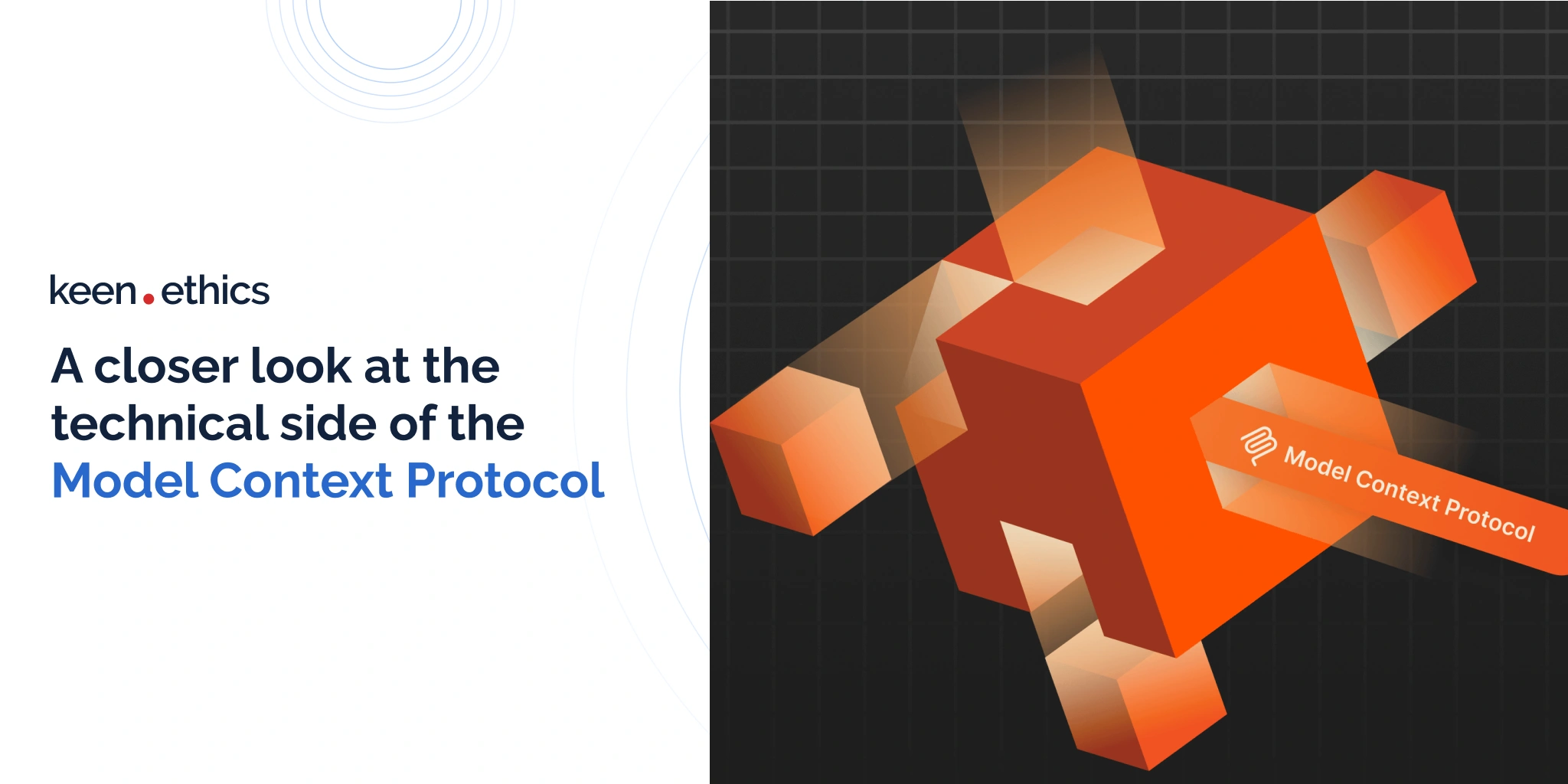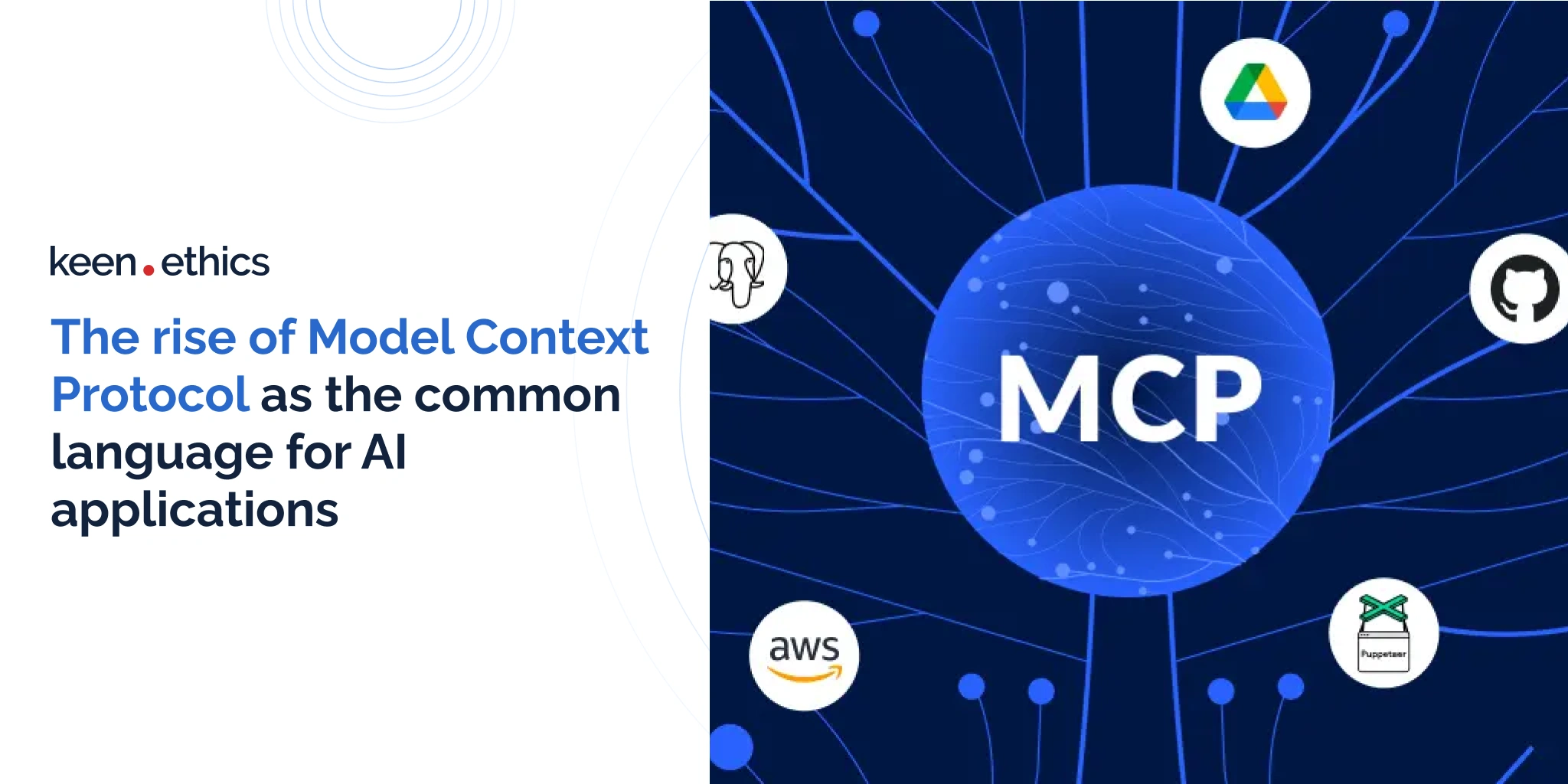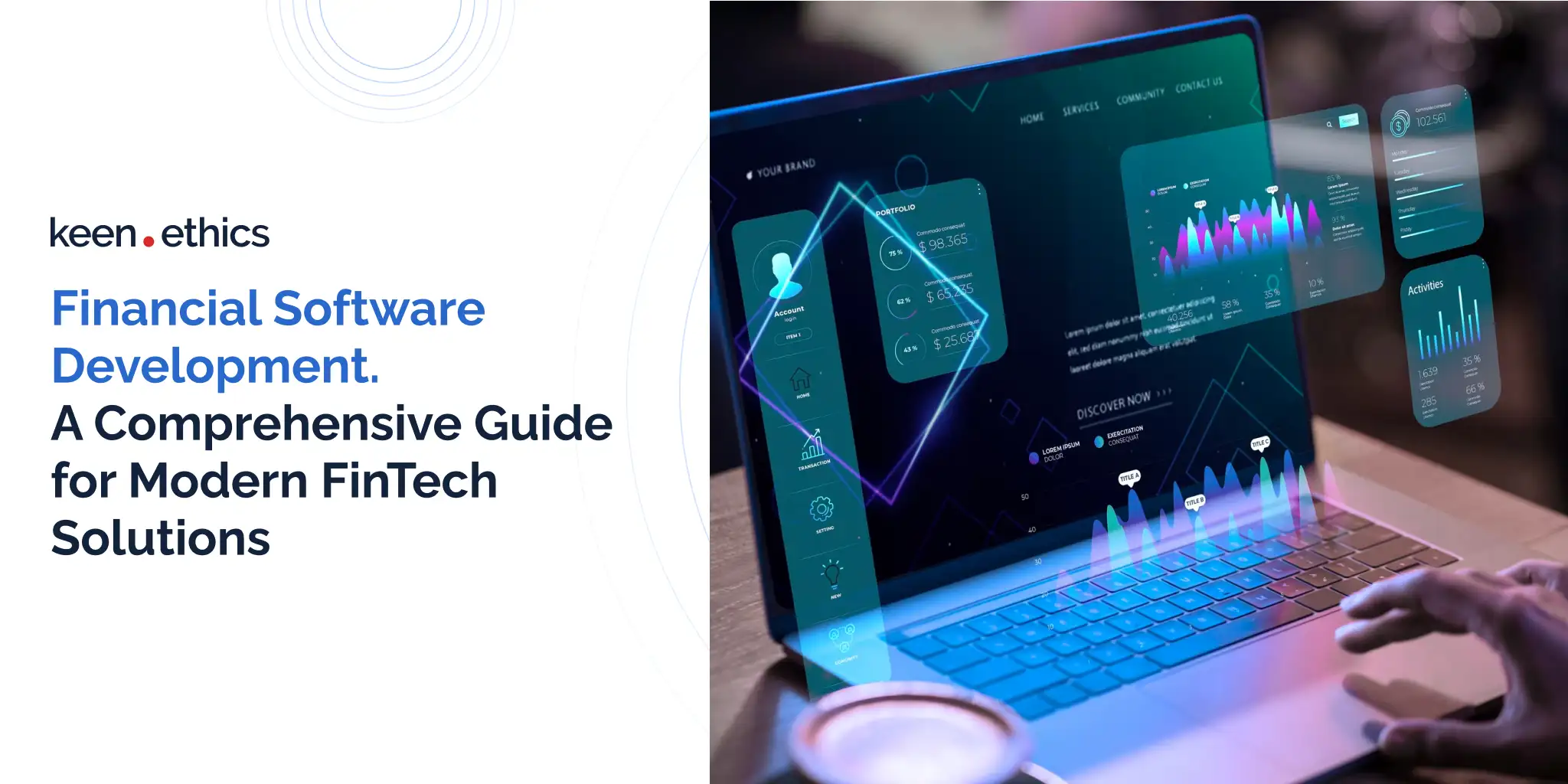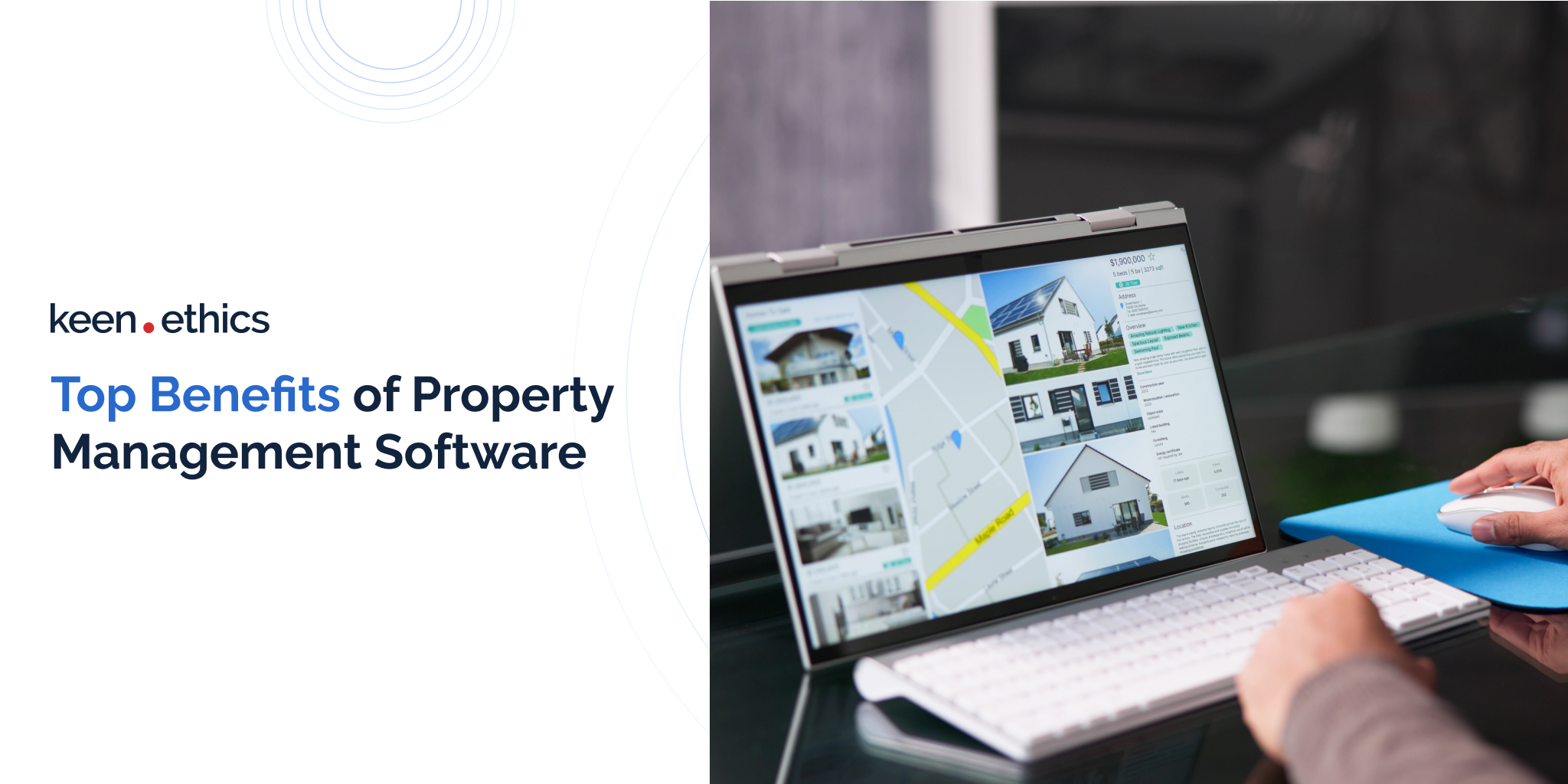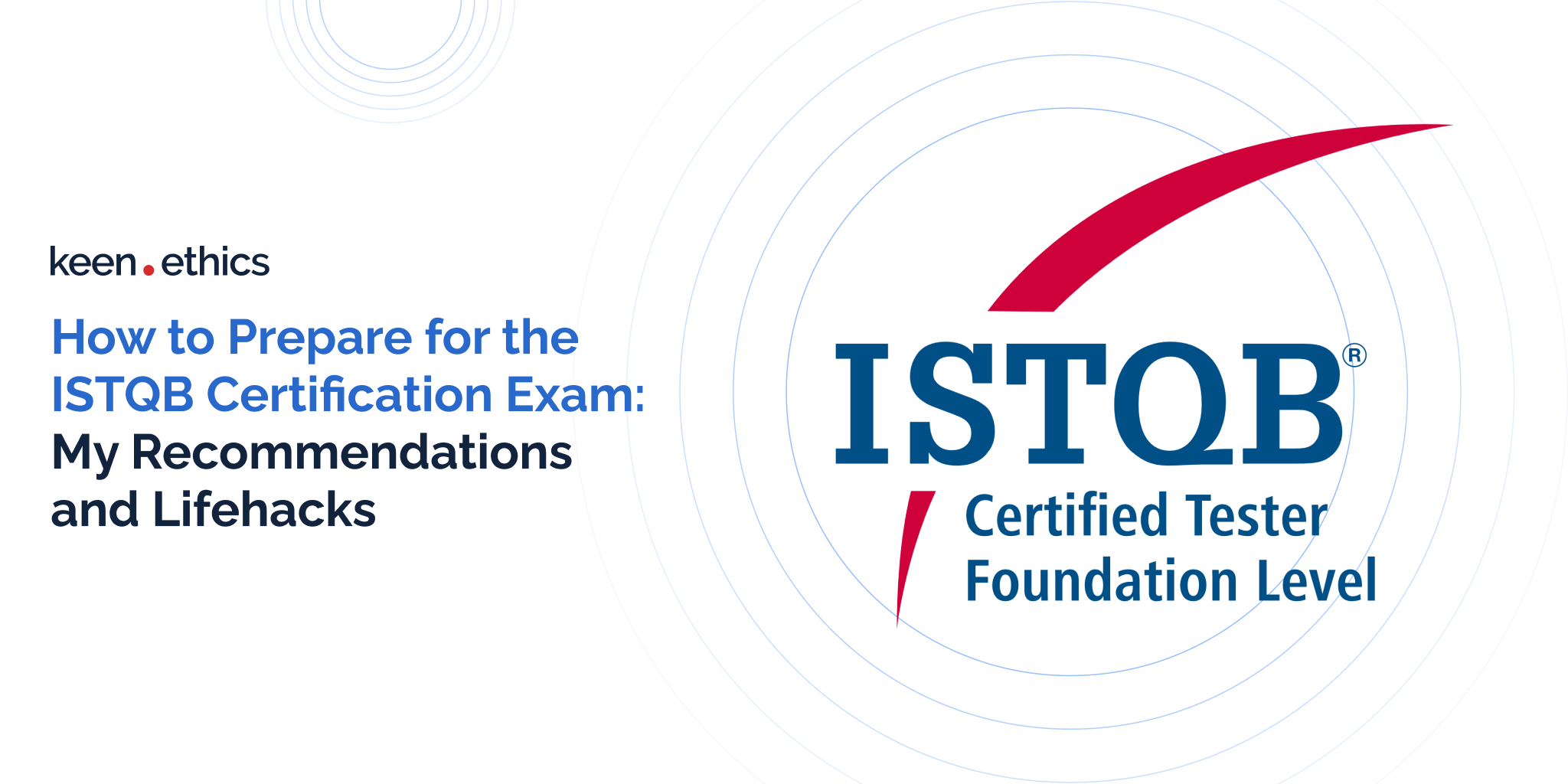What can make the learning environment exciting when everyone is bored and demotivated?
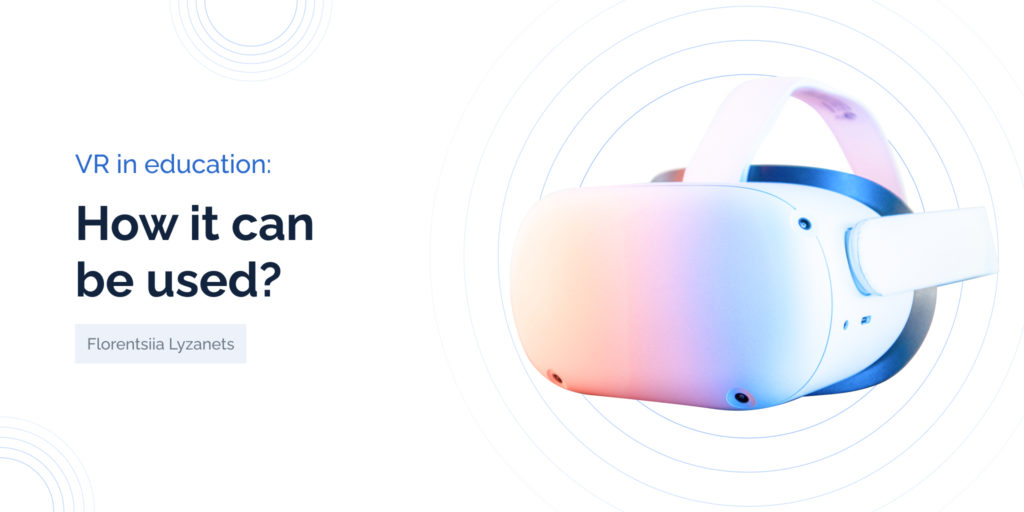
Is virtual reality in education a practical approach to learning or just a trendy-made educational tool?
Things that once seemed to be rare luxuries now become accessible to people of all ages. Technology has become a predominant part of our lives, and VR, which offers an immersive learning experience, has conquered a wide range of industries.
Education has turned from a traditional to a modern way of teaching long ago, and virtual reality is one of many solutions taking education to a new level of interactive experiences. How exactly is VR for education becoming a widespread and exciting tool? How to move from a typical learning experience to exciting learning using virtual reality? How is VR being used in education for creating immersive environments? Let’s explore together.
What is Virtual Reality Learning?
Education is the core of a prosperous society, and knowledge transfer has been our objective throughout the history. On the one hand, teaching and learning methods haven’t changed significantly. Students continue to prepare for tests, sit in lectures, and try to imagine various scenarios for specific task conditions. On the other hand, despite the typical classroom experience, the introduction of virtual reality has made a revolution enabling students to experience their learning in more engaging and exciting ways. While sitting in class, students can transport themselves in any epoch, mix chemicals, watch the reaction without physical harm, and interact with virtual worlds differently. VR in education opens the possibilities never before available to students all over the globe.
Over centuries, we have always been looking for effective and straightforward ways of knowledge transfer. VR technology in education or any other industry is an excellent example of technological advancement. Once, we only saw virtual reality in sci-fi movies. After just some 20–30 years, virtual reality is introduced into many devices for entertainment, education, marketing, business, medicine, and more.
As teaching becomes more career-oriented, many students appreciate using VR for education. Technically, virtual reality refers to computerized technology and devices creating a simulated environment with 3D models. Using lights, sound effects, and different 3D techniques, the viewer can not only see the image but feel them as a part of the virtual world. Sure, no technology can fully replace human interaction, but it can significantly improve it. VR is an excellent tool for giving students a new experience and a fresh look at educational content they study.
How Can Virtual Reality Be Used in Education
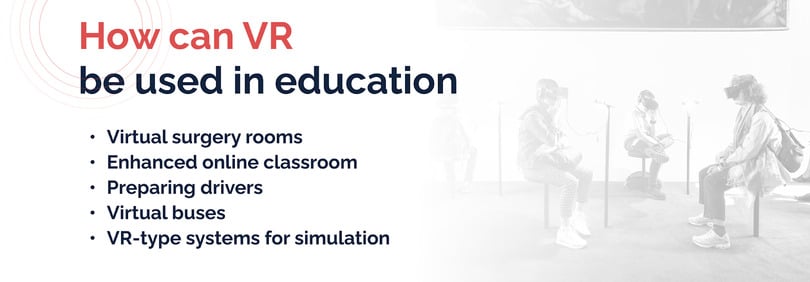
People remember a subject better when they experience it rather than when they read or hear it. So, using virtual tools, students worldwide can arrange in an inclusive environment to solve real-world concerns or learn about any issue.
Let me present several exciting real-world case studies of vr for education:

- Virtual surgery rooms
A virtual reality medical app allows surgeons to practice learning procedures in simulated operating rooms during an education session. Department of Surgery at Yale University School of Medicine conducted research and found significant improvement in medical staff’ performance. Surgeons who completed VR training made six times fewer mistakes and performed 29% more quickly and efficiently due to immersive education. What’s more, speed wasn’t the only positive parameter. VR training emphasizes the safe and cost-effective use of surgical instruments. The study shows that VR uses in education is a helpful practice in medicine since it helps to objectively measure skills and train the personnel to a high level before operating on patients.
- Enhanced online classroom
The big problem in learning is that students fail to grasp much information. Also, the content in classrooms can be presented as boring. VR apps change the approach to monotonous online courses by allowing learners to feel connected. Hence, students can socialize and enjoyably discover new topics with exciting objects and avatars in the visual learning environment. Unlike VR lessons, traditional classrooms constrain students to a specific time and location. They involve conventional learning methods and resources such as textbooks, tests, blackboards, etc. Teachers and students can communicate in real-time and participate in extracurricular activities.
Thanks to rapid technological innovations, we can access anything without leaving our homes. A VR-based classroom is an excellent solution both for teachers and students. The schedule is flexible, and students can choose the time and place according to their preferences. Teachers and students from all around the world can collaborate in a virtual reality environment. They can discuss subjects, exchange their knowledge, and explore numerous materials.
The virtual-based classrooms have the following advantages:
- increased motivation and engagement in the educational process;
- easy access to online resources;
- numerous ways to implement gamification in education;
- interactive, collaborative educational experience;
- improved learning process through LMS;
- time management.
In a VR classroom, everyone can be educated since there is no barrier of location or physical presence.
- Preparing drivers
United Parcel Service announced that newly hired drivers should pass a training program emphasizing road hazard detection. As a result, IT employees of the company developed a VR training program. With the help of the HTC Vive platform, they simulated realistic collisions with pedestrians, parked cars, and oncoming transport. VR helps car owners understand the physical limitation of driving and prevent collisions using the knowledge of this factor. The Director of Learning Technologies assures that using VR for education is worthwhile, allowing to place workers in various scenarios and get valuable lessons.
- Virtual buses
Teachers can already take their students on virtual field trips. Through panoramic images, they may see real-life objects such as museums, parks, and streets. With the help of foreground voice, background music, flash-rollers, and explanations, it makes a fascinating view for the student. Thanks to virtual tours, learners can visit any corner of the city or country, watch historical architecture, and visit any exhibitions.
The benefits of the virtual tours are the following:
- improved visual perception of the learner,
- expanding the horizons,
- stimulation of cognitive activity,
- better engagement in the educational process.
Well, it’s all theory, you may say. What about real cases?
School kids from Washington D.C. had already transformed their ordinary bus into a Mars shuttle for a virtual trip to the Red Planet. Employees at Lockheed Martin eliminated the need for VR glasses by replacing the ordinary bus’ windows with transparent 4K displays and a switchable glass film. To make a much more realistic experience, they put the streets of Washington DC on the virtual surface of Mars. It was an exciting VR experience complemented by the background sounds of a Martian wind.
- VR-type systems for simulation
Pilots and astronauts have been using VR-type devices and systems for years. They’re used to training for specific missions by simulating the environment. Students now use these tools to develop visual architectural structures, simulate surgeries, or explore groundwater and pollution to better understand the topic.
Web VR Experience with Leading VR Frameworks in Education
What should learners do if they don’t have the necessary hardware to get VR experience? They get this opportunity thanks to web VR. The main goal of the technology is to become accessible to a broader audience through a web browser. When we talk about virtual reality, it is worth mentioning the platforms on which virtual reality is made for education.
Let’s compare the leading technologies used for building web VR apps, particularly A-Frame, WebVR API, React 360, Unity, Three.js, and Pannellum.
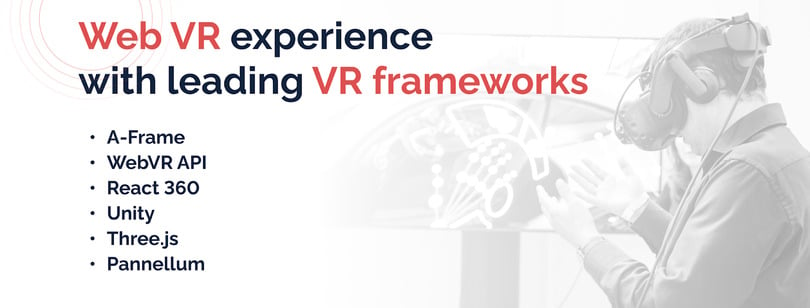
A-Frame is an independent open source project initially developed as an easy but powerful tool for creating VR content. Now, this web framework is one of the largest VR communities. A-frame supports most VR headsets like Vive, Windows Mixed Reality, GearVR, Oculus Go, etc. It creates a much more interactive VR experience than basic 360° content, involving positional tracking and controllers. It’s written from scratch using WebGL and based on the Three.js library. It’s useful for working with web VR projects, development of apps, landing pages, websites, games, and more.
WebVR API supports using VR headsets such as the Oculus Rift or HTC Vive. It’s used for web applications, allowing developers to transfer location and movement information from the display into movement around the 3D scene. It has many applications, from virtual product tours and interactive learning apps to immersive first-person games.
Navigator.getVRDisplays() method will return any VR gadgets attached to your computer. Each one will be represented by a VRDisplay object, the central interface of WebVR API.
React 360 is an innovative framework developed by Facebook.
It’s built on React and JS library, allowing developers to design immersive websites and app user interfaces. Its community of engineers constantly aims to improve the technology through extra tools, modules, and updates. Therefore, the framework has great potential in the world of VR.
Unity is the game engine with built-in features to bring any ideas to life. You can apply it to any project starting from basic apps and ending with best-selling AAA games. Thanks to built-in C# scripting API and Visual Studio, developers can design interactive VR experiences in web browsers.
Three.js is a JS library developed for 3D rendering. With a unique set of tools and architecture, developers can build immersive 3D objects for any VR environment. Usually, three.js is used as an additional tool in VR development. In particular, React 360 relies on this library in many aspects. Developers can integrate the library into React 360 to develop 3D objects and animations.
Pannellum is an open-source panorama viewer to integrate VR environments on your app or website. The technology combines many additional features. It allows you to incorporate hot spots to show information, implement a set of panorama views into VR field trips and deliver more convenient management for VR. Using Pannellum, you can create a more realistic VR experience. As for its usage, on the one hand, you can use technology as a standalone by integrating it through the <iframe> tag. On the other hand, if you want a tighter integration, you can implement panorama views using JS API.
Which to choose?
Only you decide which framework to choose. However, let’s consider.
Both React 360 and A-frame are ideal for dynamic web virtual reality. Each technology has its own set of features aimed at particular goals. React 360 allows you to design an interactive VR environment accessible on any browser.
Integrating Three.js or Pannellum can bring realism and distinction to other projects.
A-frame is beneficial for creating realistic 3D objects. In addition, Disney and Chevrolet use the technology in their web VR experiences.
With Unity, you shouldn’t write lots of code to place one object into the scene, so it’s a perfect match for game development companies. It helps create high-quality 3D scenes from scratch and launch projects of any complexity and size. In contrast, React 360 is less convenient and time-effective for game developers because it requires a lot of coding and lacks the tools to devise AAA projects.
If finding experienced developers in these or other technologies is challenging for you, Keenethics can assist you in implementing a one-size-fits-all solution. As a web and mobile development company, we strive to offer approaches and solutions that can be perfectly aligned to your business needs.
Benefits of VR in Education
Instead of boring lectures, the learners can become active participants in a visual scenario and interact with objects and teachers. Sure, virtual reality can’t solve all problematic issues in the learning environment. However, its usage can significantly lower the percentage of students’ distraction, demotivation, and disinterest.
Here are the main advantages of virtual reality in education:
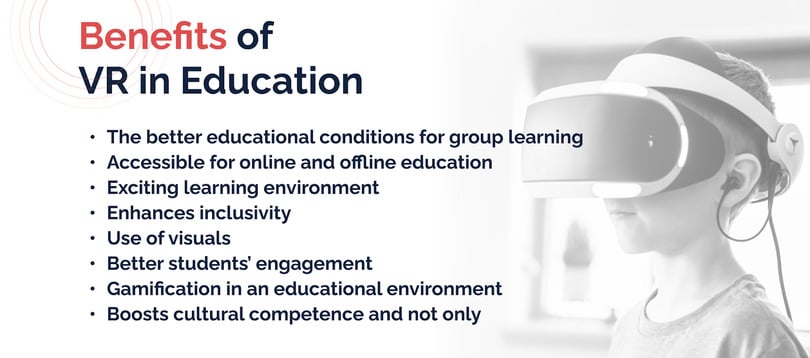
The better educational conditions for group learning
For years, traditional teacher-centered education may have been sufficient enough. However, when learners have access to many information sources in the twenty-first century, this teaching method loses its effectiveness. Examples of virtual reality in education show that students are more eager to collaborate, discuss the educational material, and dispute. What is more, VR technology improves communication even among those who struggle with social adaptation.
Accessible for online and offline education
Recently, Covid-19 has forced us to reconsider traditional student-teacher and student-student classwork. As a result, virtual reality in education and training continues to help teachers and learners in different subjects and industries. VR brings everything to life without any risk to learners’ health, as in the case of laboratory experiments in medicine, chemistry, or physics. Considering the shift in the traditional way of education, you can learn more about how you can conduct virtual classroom more effectively. Bringing technologies to your classroom can be a great way to increase student engagement and realize their creative potential.
Exciting learning environment
Students may not always find the class interesting, and not everything depends on the teacher. The educator can be a professional in his domain and give 100% in the lesson, but learners may get bored, lose interest, and become distracted from what the teacher presents to them. As a result, virtual learning is an effective solution that may get them interested. Students can immerse themselves in any place and time and study education content much more effectively.
Enhances inclusivity
Another benefit of VR in education is to engage students with special needs to participate in learning. The process doesn’t seem to be uncomfortable or terrifying. Instead, it provides learners with a secure environment with comfortable conditions for everyone.
Use of visuals
A good practice is using visual elements to make lessons more engaging, fun, and straightforward. They help the student reduce cognitive thinking and do some reboot. When you see that students are tired or not focused on what matters the most, the educator can always use visuals as a warm-up, break, or constant help in conducting a study.
Better engagement of students
Since everyone lives in a digital world today, it’s important not to fight technology but to learn how to use it efficiently in education. We can create a digital world in the classroom for students by making non-standard learning processes. This method will concentrate students on the perception of knowledge, so they don’t even notice it. They’ll still be in the world of their technologies, but only from an educational perspective.
Gamification in an educational environment
We all know how good it is to be able to put theory into practice. Virtual reality is a viable method to check it. Consider how great it would be to use augmented reality glasses to mix imagination and critical thinking. By practicing knowledge in a virtual environment, students learn to find unique ways to solve problems.
To learn more about gamified learning, you can read our recent article and explore more effective ways of its application.
Boosts cultural competence and not only
We live in an interconnected society where cultural intelligence is highly valued. Today we have unprecedented access to explore other countries, cultures, and mentalities worldwide. Virtual reality is a sure-fire approach to instilling cultural and moral values in the next generation.
Challenges Faced By Virtual Reality in Education
It would be unfair to ignore this question because every good item has its drawbacks. Although the market is expanding, virtual reality for education may vary in different countries. Let’s examine.

Lack of first-rate virtual reality content
One of the critical issues in the educational environment is the lack of content for the education field. Not all educational institutes can produce it because a 360 degree immersive user experience is costly.
Solution
The right solution is to hire software companies to generate quality content or engage investors and other businesses assisting in finding the content production.
Accessibility to every individual
Not all students can afford to buy VR headsets. As a result, in the classroom, discrimination may appear among students due to differing access to the digital environment.
Solution
To provide every learner with the chance to get VR-based learning, the institutions have to buy all the needed equipment for every student to eliminate the class distinction in the availability of content.
Health risks
The use of virtual reality in education can cause various side effects, including headaches, nausea, and eye fatigue. Learners block out their perception of the actual world using headsets when immersed in the simulated environment. It may distract them from real and virtual activities. While interacting with VR headsets, learners can also run into other objects or people. Thus, VR in education is a solution that can’t be used for significant periods of time.
Solution
To minimize all these side effects, teachers have to:
- limit the virtual activity to 30 minutes,
- appoint a person to control the time for VR,
- develop content in various formats to avoid too much concentration on monotonous and repetitive activity.
Technical issues
You may encounter technical difficulties of VR technology in education as with any technology:
| Login issues | Limited bandwidth | Content failure | Navigation issues |
| Users may forget their registration data (login & password). | When too many people are connected simultaneously, the connection can be poor. | The learners can experience some glitches in content because of bad design and programming. | Sometimes, users can have worries about the system’s navigation. They may be unsure how to return to the menu, find particular search objects, or make selections. |
Solution
Running a pilot program will allow educators to identify, analyze, and resolve various technical problems. Before officially releasing the program, they can test if users have no issues with logging in and their training activity.
The Future of Virtual Reality and Education

Virtual reality will probably bring us considerably closer to the future than we’re now in the education system. Many professionals working in education are familiar with virtual reality uses in education. Although this educational technology is still expensive to employ, given its ongoing growth, there is a reason to believe that the costs will drop. As a result, it has the potential to modify the current approach to educational practices drastically. It will bring a new method of education into the classroom.
Integrating advanced technologies in education give students a new immersive experience. The motivation for developing a new empirical approach to training is simple. We can easily acquire knowledge from books, but not experience. The traditional teaching method might not be suitable for all students. The more communicative the classes are, the higher the level of student engagement is in education.
In this article, we only show several ways of VR usage, but there are plenty more to come.
Achievements of Keenethics in Education

Education is a rather conservative industry, and there are reasons for this. Any technological integration in the educational sector requires numerous educational experiments, comparisons with other technologies, curriculum adjustments, training of educators, hiring specialists, and more. We’ve encountered this while working on our large-scale social project, Let Kids Move.
Let Kids Move is our pet project, one of the first few educational social projects in Ukraine. Although there are plenty of methodologies today explaining the benefits of a standing desk and its use in classrooms, the central idea of our initiative lies in dynamic postures. However, we continue to research the global experience in dynamic education. If there are people among our readers who share our desire to transform education, you can donate.
Our educational software development company helps businesses increase learners’ engagement and digitize learning. If you get interested in our expertise, read more about Keenethics’ Education software development services.
Conclusion
Considering the popularity, benefits, and VR uses in education, we expect this technology to become more prevalent in classrooms.
Let’s sum up our main questions in this article on VR in education:
- Virtual reality and education
- Definition of virtual reality learning
- Ways how educators can integrate VR technology
- Web VR experience with leading frameworks
- Advantages of virtual reality in education
- Challenges faced by virtual reality in education and their solutions
- Virtual reality from a future perspective
- Achievements of Keenethics in education
This article illustrates only a small fraction of VR technology in the education sector. If you’re interested in this topic or have some doubts or ideas related to any software development using VR, our specialists will gladly consult you at any time.
With us, you can open a new era in an educational environment with our robust solutions in education software development. Contact Keenethics, and we’ll offer beneficial opportunities for your business.

